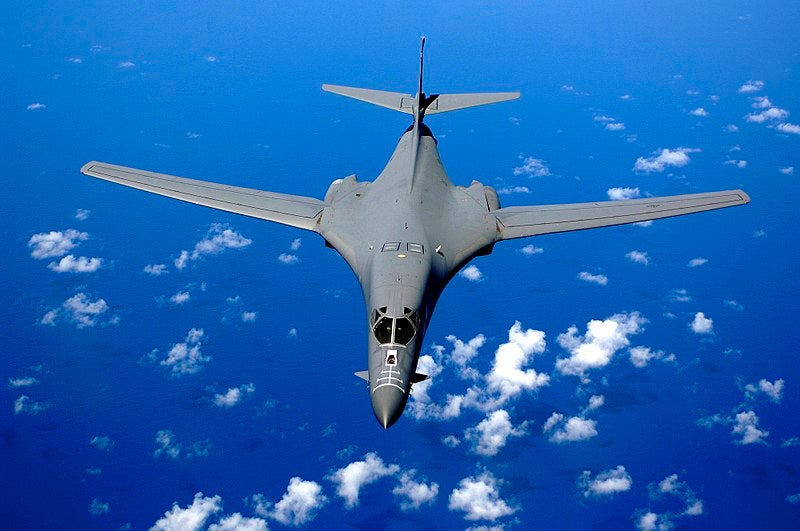
US Air Force (USAF) operational units have taken delivery of the first tactical production long-range anti-ship missiles (LRASM).
Developed by Lockheed Martin, the LRASM reached early operational capability (EOC) status on the USAF B-1B Lancer bomber ahead of schedule.
The missile has already completed necessary integration, flight testing and modelling and simulation.
Lockheed Martin missiles and fire control LRASM director David Helsel said: “This event is the culmination of successful partnerships with the US Air Force, Navy and DARPA.
“This milestone serves as a great example of collaboration to bring critical capabilities to the warfighter at accelerated acquisition timelines.”
The company is under contract to deliver 23 LRASM missiles to the USAF and the US Navy.

US Tariffs are shifting - will you react or anticipate?
Don’t let policy changes catch you off guard. Stay proactive with real-time data and expert analysis.
By GlobalDataLast year, the company received a contract to produce the first production lot of the air-launched variant of LRASM systems.
LRASM is a precision-guided, anti-ship standoff missile based on the Joint Air-to-Surface Standoff Missile-Extended Range (JASSM-ER). It fills the troop’s anti-surface warfare capability gap.
The air-launched variant of LRASM is to be integrated on board the US Navy’s F/A-18E/F Super Hornet to achieve EOC in 2019.
Using advanced technologies, LRASM has been designed to identify and destroy specific targets within groups of vessels.
These technologies reduce reliance on intelligence, surveillance and reconnaissance platforms, network links and global positioning system (GPS) navigation in electronic warfare environments.
The missile’s improved ability to discriminate and conduct tactical engagement activities from extended ranges will allow the military to operate in open ocean environments.
In July 2017, the surface-launch variant of LRASM was launched from a newly designed topside canister.



